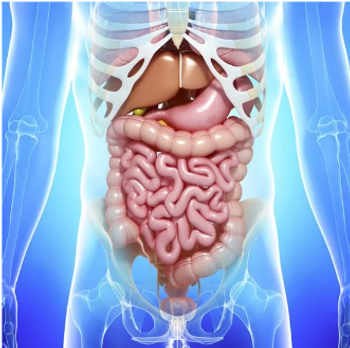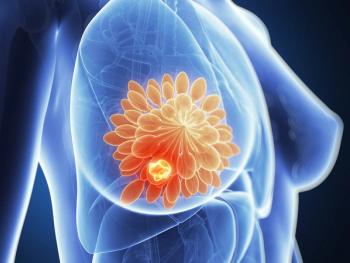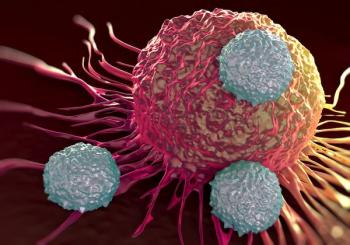
- Oncology NEWS International Vol 4 No 5
- Volume 4
- Issue 5
Scientists Debate Best Way to Spur Immune System to Battle Cancer: Interleukins or Altered Tumor Cells?
NEW YORK--If the immune system represents the front runner in the fight against cancer, opinion remains divided on the best way to harness it. Some researchers are betting on the interleu-kins; others believe that the tumor cell itself must be altered to make the immune system recognize it as the enemy.
NEW YORK--If the immune system represents the front runner inthe fight against cancer, opinion remains divided on the bestway to harness it. Some researchers are betting on the interleu-kins;others believe that the tumor cell itself must be altered to makethe immune system recognize it as the enemy.
In a briefing cosponsored by the Cancer Research Institute andImmunex Corporation, Polly Matzinger, PhD, head of the Sectionon T Cell Tolerance and Memory, National Institutes of Health,expounded a novel theory on the mechanisms of immune response.
Discarding the notion that T cells attack what they recognizeas "nonself," she asserted that these lymphocytes areinstead programmed to recognize and respond to "danger,"which she defines as anything that causes cell stress or lyticcell death.
It is this distinction, she claims, that explains why there isno natural immune response to a tumor: A cancer cell is a normalcell that has lost its growth control; it is neither undergoingnor causing lytic cell death. Not only will it not activate animmune response, it will slowly self-tolerize, ensuring its acceptanceby its host.
According to this proposition, current cancer vaccines fail toelicit a sufficiently long-lived immune system response becausethe tumor itself suppresses any response that is effected. Thevaccine may shrink the tumor for a while, but as the immune responsewanes, tumor growth resumes.
The answer, Dr. Matzinger believes, lies in employing an adjuvantthat will cause lytic cell death and thereby activate T cells.This would be effective, she asserted, if the tumor is removedand immunization delayed until new T cells, which have no immunologicmemory of the tumor cells, are produced.
Another Viewpoint
In his presentation, Michael T. Lotze, MD, codirector of the BiologicTherapy Program, Pittsburgh Cancer Institute, maintained thatinterleukins can be used effectively to induce an immune responseto cancer cells. "The goal of immunology is to begin thecomplex signaling cycle that activates T cells and sends themto the tumor site," he said.
Interleukins--specifically IL-2, IL-4, IL-10, and IL-12--haveshown the ability to locally induce an immune response capableof migrating to cancer sites. IL-2 has been effective in eradicatingprimary tumors of the lung, liver, and spleen, Dr. Lotze said,but he cautioned that the interleukins may be highly toxic tonormal tissues as well.
He believes there may be a role for the adjuvant administrationof cytokines, as well as their use to target viruses associatedwith human cancers: Epstein-Barr virus, human papillomavirus,and hepatitis B and C.
Further investigation is needed to determine the best mode ofdelivery of immunologic reagents as well as effective ways toget them to penetrate the endothelial barrier, Dr. Lotze said.He suggested that radiation may be used to help disturb the endothelium.Among potential vectors for cytokines, he said, are retroviruses,adeno-associated viruses, herpesvirus, and gold particles thatare coated with DNA encoding cytokines and shot into the skin.
Dr. Lotze pointed to the study of viruses as a means of learninghow to use cytokines to greatest effect: "It has been saidthat if you want to understand immunology, study viruses. Afterall, viruses have been studying our immune system for a lot longerthan we have."
Articles in this issue
over 30 years ago
Genetic Therapy Gets NIH Patentover 30 years ago
Fusion Product Delivers Potent Toxin to Malignant Cellsover 30 years ago
Retinoic Acid May Enhance Chemo In Ovarian Ca Cellsover 30 years ago
Compounds Block ras Gene Function Compounds Block ras Gene Functionover 30 years ago
Companies Merge to Form NeXstarover 30 years ago
Antiangiogenesis Tested in Pediatric Tumorsover 30 years ago
New Director Attends Office of Alternative Medicine Advisory Meetingover 30 years ago
Worksite Cancer Screening Boosts Employee MoraleNewsletter
Stay up to date on recent advances in the multidisciplinary approach to cancer.



















































































